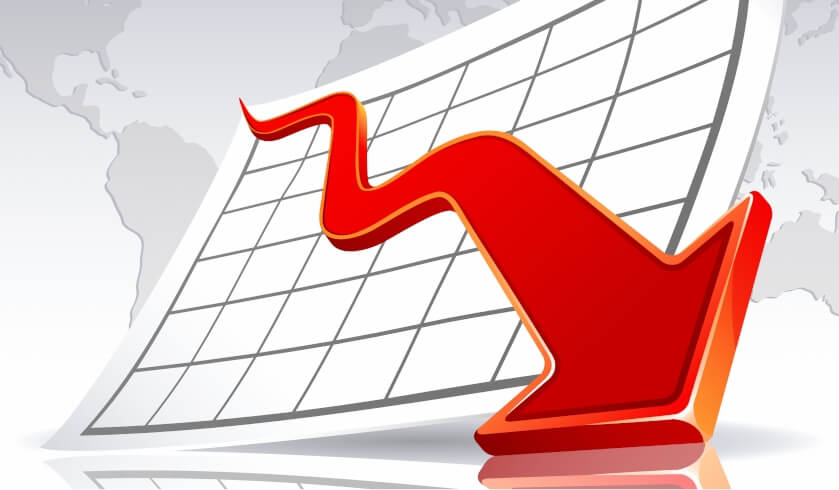Vacancy rates decline due to seasonal moving trends
National vacancy rates fell 0.1 per cent down to 2.2 per cent in February, which was mostly led by a sudden drop in Melbourne rental properties.

The number of vacancies across the country has fallen to 69,727.
Melbourne’s vacancy rate dropped to 1.4 per cent from 1.8 per cent and Canberra’s fell to just 0.8 per cent from 0.9 per cent, while asking rents increased in both cities, according to new data released by SQM Research.
The research also found that despite vacancy rate inching higher in Hobart to 0.5 per cent from 0.4 per cent, the city still has a deep shortage of rental properties.
In Sydney, the vacancy rate was steady at 2.3 per cent from January, but well up from 1.8 per cent a year earlier, reflecting slightly easier rental conditions.
Brisbane’s vacancy rate dropped to 3.4 per cent from 3.6 per cent, as the surplus eased, although asking rents fell over the month.
In Perth, vacancy rate dropped to 4.1 per cent from 4.4 per cent, providing further evidence of the city’s burgeoning recovery.
Darwin’s vacancy rate bucked the trend and rose to 3.3 per cent from 3.1 per cent.
SQM Research managing director Louis Christopher said that the numbers reflected tighter markets in most cities.
He added that this is largely seasonal as students and workers tend to move at the beginning of the year.
“Canberra’s rental market has continued to tighten as workers flooded back to the national capital, and we’ve also seen a sharp drop in Melbourne’s vacancies, which has pushed up asking rents,” the MD said.
“Melbourne’s rents could continue to climb higher this year, given the explosive population growth that it is currently experiencing.
“In contrast, Sydney’s vacancy rate has moved higher, and is well above year-ago levels, taking pressure off asking rents, which fell over the month to 12 March.”
Mr Christopher added that Sydney rents could continue to ease this year, given the higher vacancy rate.
Rents
Capital city asking rents over the month fell by 0.4 per cent to $560 a week for houses. Unit rents were steady at $442 a week. Over the year, house rents rose by 0.4 per cent while asking rents for units increased by 1.8 per cent.
Reflecting a shortage of rental properties, asking rents rose the most in Hobart over the month by 5.2 per cent and 4.2 per cent for houses and units, respectively.
The asking rent for a three-bedroom house in Sydney remains the highest in the nation at $739 a week, while for units it stands at $524.
Canberra follows at $619 a week for houses and $438 for units.
Asking rents for houses rose in Melbourne by 0.6 per cent over the month to $531, while unit rents rose by 0.9 per cent over the month to $404 a week.
